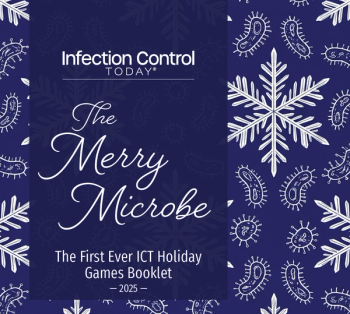
CDC Issues Guidance on Staff Management of Sheltered Persons with Infectious Diseases
According to the Centers for Disease Control and Prevention (CDC), persons living in group situations can spread infections such as colds and skin infections and other infections through diarrhea and vomiting. Upon arrival at a shelter, all residents should be screened for the following conditions:
Fever
Bad cough
Skin rash
Open sore(s)
Vomiting
Diarrhea
Persons with any of the aforementioned conditions should be referred for medical evaluation. If a potentially infectious condition is determined to be present, ill residents should be isolated from other shelter residents or placed in a special needs shelter (see below).
To reduce the potential for spread of droplets between shelter residents, staff should separate sleeping cots by 3 feet, if possible.
Additional Recommendations for Special-Needs Shelters
Special-needs shelters are defined as shelters that are capable of providing safe refuge to those individuals who require the supervision of a healthcare professional during the time of a disaster. The special-needs shelter is designed to care for:
-- People with minor health or medical conditions that require professional observation, assessment, and maintenance and can not be handled by the general public shelter staff or exceed the capability of the general public shelter
-- People with infectious health conditions who require precautions or isolation that can not be handled by general public shelter staff
-- People with chronic conditions who require assistance with activities of daily living or more skilled nursing care but do not require hospitalization
-- People who need medications or vital sign readings and are unable to receive such without professional assistance
Standard Precautions* should be applied to all residents to protect residents and staff from contact with infectious agents in recognized and unrecognized source of infection. Each resident should be screened at the time of entry to the special needs shelter to detect any conditions necessitating isolation and/or use of transmission-based precautions. See the following document:
Personal protective equipment (e.g., gloves, masks, and gowns) should be provided for healthcare personnel who staff the special-needs shelter. If possible, special-needs shelter staff should have access to healthcare personnel who are trained in infection control.
*Standard Precautions Summary
During the care of any patient with symptoms of a respiratory infection, healthcare personnel should adhere to Standard Precautions:
-- Wear gloves if hand contact with respiratory secretions or potentially contaminated surfaces is anticipated.
-- Wear a gown if soiling of clothes with a patient's respiratory secretions is anticipated.
-- Change gloves and gowns after each patient encounter and perform hand hygiene.
-- Decontaminate hands before and after touching the patient, after touching the patient's environment, or after touching the patient's respiratory secretions, whether or not gloves are worn.
-- When hands are visibly dirty or contaminated with respiratory secretions, wash hands with soap (either plain or antimicrobial) and water.
-- If hands are not visibly dirty, use an alcohol-based hand rub for routinely decontaminating hands in clinical situations. Alternatively, wash hands with soap (either plain or antimicrobial) and water.
Source: CDC
Newsletter
Stay prepared and protected with Infection Control Today's newsletter, delivering essential updates, best practices, and expert insights for infection preventionists.






